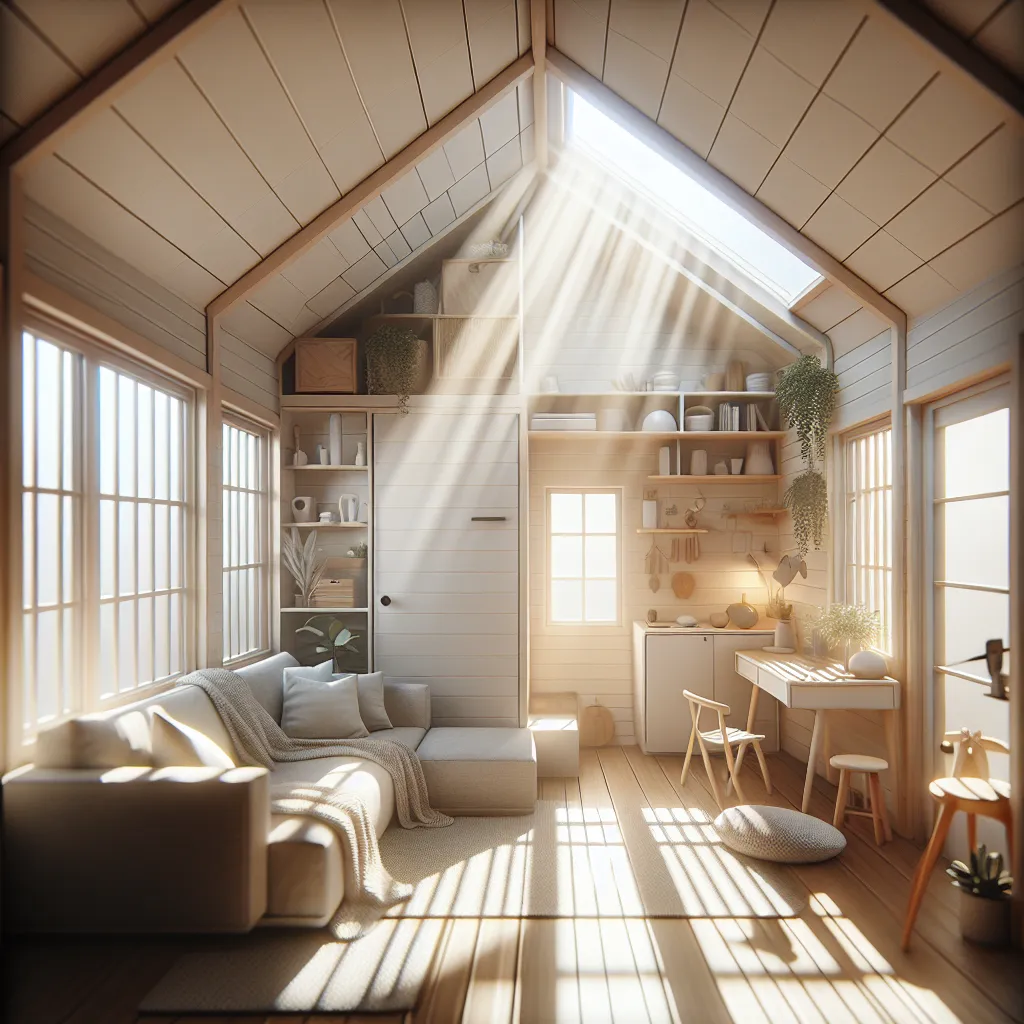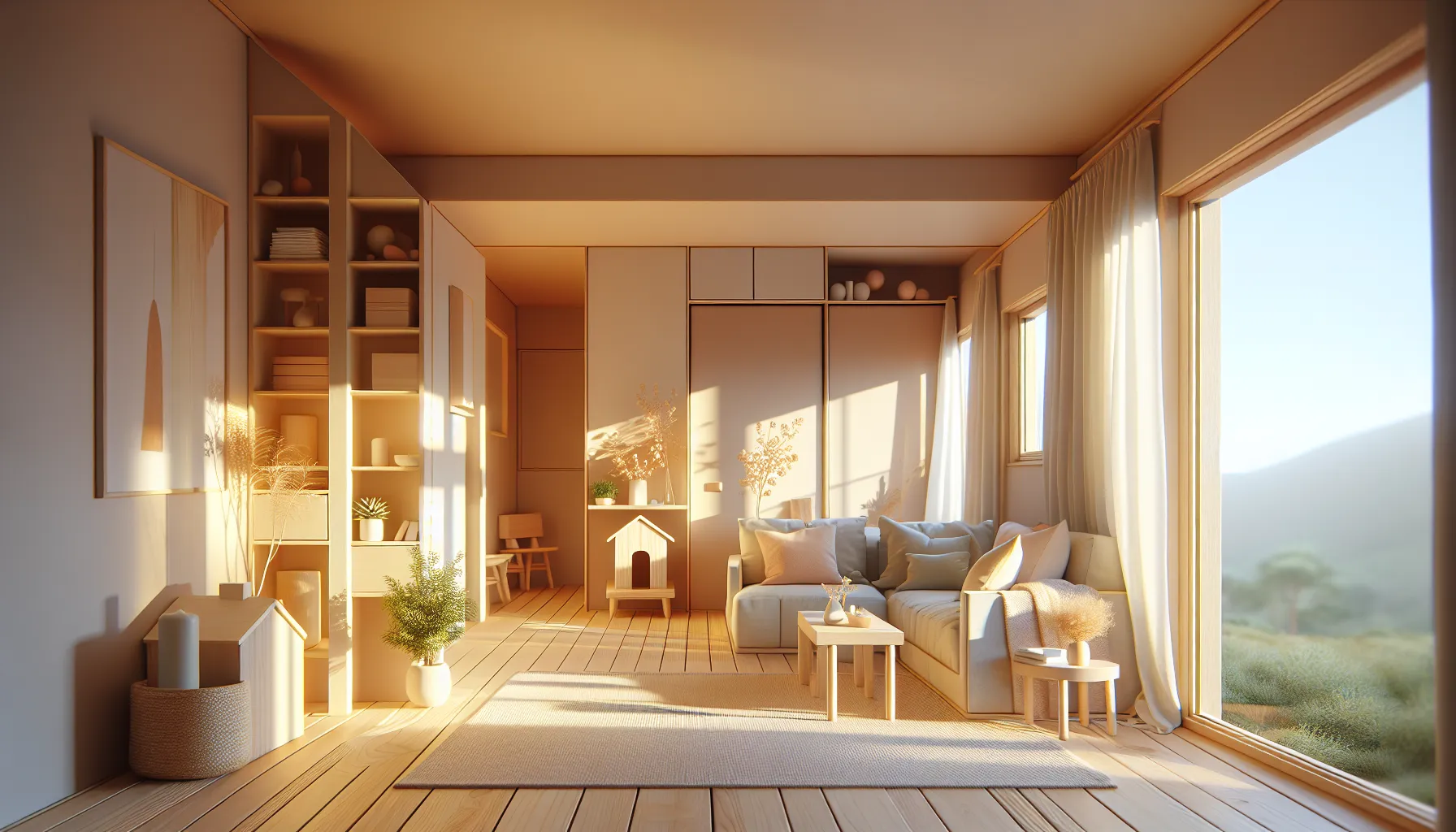Ever thought about downsizing your living space to upsizen your life? The concept of owning a tiny house is not just about having less, but about creating more—more freedom, more savings, and more time. It’s a lifestyle choice that challenges the conventional notion of homeownership. While a tiny house might seem like a radical departure from the norm, it’s an innovative solution to the growing need for affordable and sustainable living.

Why Choose a Tiny House?
Affordability and Financial Freedom
When you embark on the journey to buy a tiny house, one of the most immediate benefits is cost savings. Traditional homes can be financially draining, with mortgages stretching over decades. In contrast, tiny houses typically require a fraction of the investment. This financial freedom allows you to allocate resources to other passions or investments. Sure, you might have to get creative with space, but isn’t that the fun part?
Table: Cost Comparison
| Type of Home | Average Cost |
|---|---|
| Traditional House | $300,000+ |
| Tiny House | $30,000 – $90,000 |
Simplicity and Minimalism
Living in a tiny house encourages a minimalist lifestyle. With limited space, every item must serve a purpose or bring joy. This simplicity can lead to a more focused, less cluttered life, allowing you to prioritize experiences over possessions. Imagine waking up in a cozy nook with everything you need within arm’s reach, and nothing you don’t.
Sustainability
Tiny houses are champions of sustainability. Their small footprint means less energy consumption and fewer resources needed for construction. Many tiny homes are built using eco-friendly materials and can be equipped with solar panels and composting toilets, making them a green option for the environmentally conscious.
Navigating the Challenges
Finding the Right Builder
Choosing a certified builder is crucial. Look for professionals with a solid portfolio and certifications like NOAH or RVIA. These certifications ensure your tiny house meets safety standards and can qualify for better insurance and financing options. It’s not just about finding any builder; it’s about finding the right one who aligns with your vision.
Securing Land and Parking
One of the biggest hurdles in tiny house living is finding a legal place to park. Many areas have zoning laws that restrict tiny homes. However, creative solutions like renting space on private property or joining tiny house communities can provide viable alternatives. It’s like finding a hidden gem in a sea of traditional housing.
Financing Your Tiny Dream
Down Payments and Loans
Expect to put down 20-50% as a down payment. While this might seem daunting, remember that the total cost is significantly less than a traditional house. Consider exploring RV loans or personal loans tailored for tiny homes. And always have a backup financing plan—banks can be fickle, and it pays to be prepared.
Graph: Financing Breakdown
Buy Tiny House
Buying a tiny house can be a rewarding venture! Here’s how to get started:
Steps to Consider:
- Research Builders: Look for certified builders with positive reviews.
- Set Your Budget: Expect costs between $30,000 – $90,000.
- Find Land: Check local zoning laws for parking options.
- Secure Financing: Prepare for a 20-50% down payment.
Why Choose AnySqft?
AnySqft simplifies your search with AI-driven insights to connect you with top builders and market trends.
Ready to start your tiny house journey? Explore more at AnySqft!
